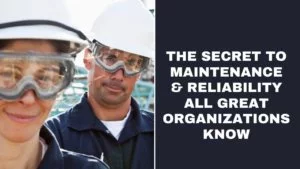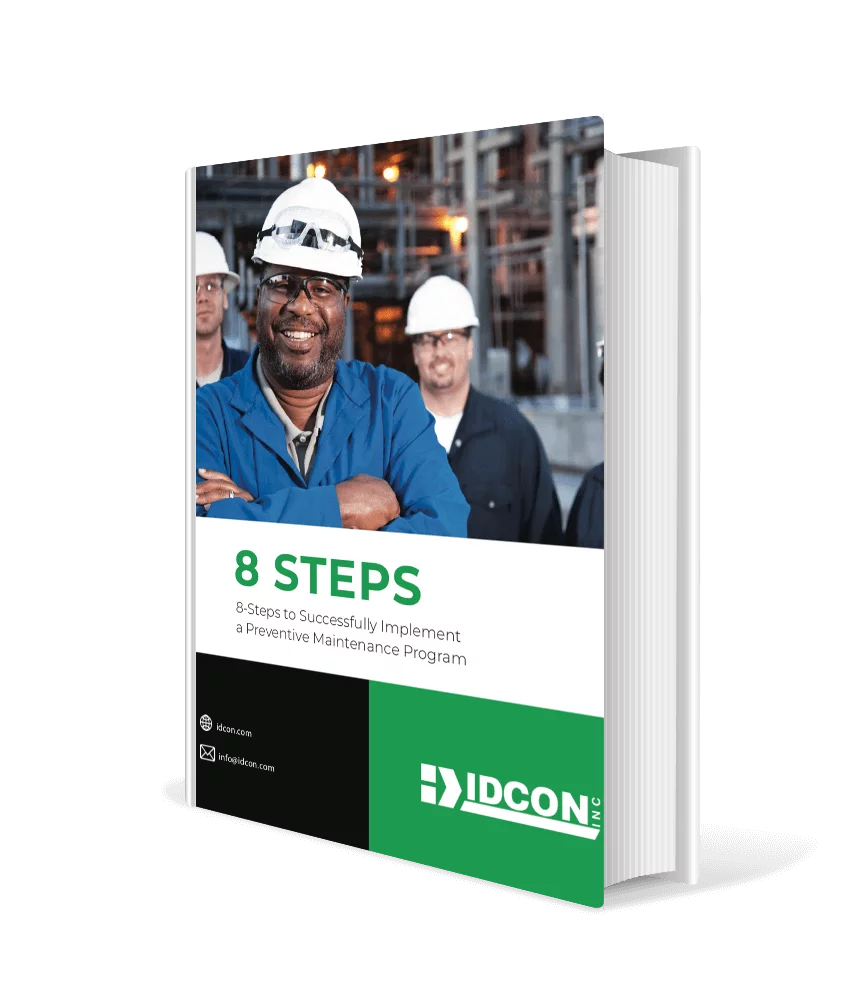When to train your team for success. Training your maintenance and operations team at the right time can be crucial to ensure the smooth and efficient operation of your business. Understanding when to provide this training can significantly impact the effectiveness and reliability of your maintenance processes.
In this article, we’ll explore when to train your staff in maintenance management, the pitfalls to avoid, and the risks of untrained personnel.
Optimal Times for Maintenance Management Training
Effective maintenance management requires continuous learning and adaptation to new techniques and technologies. Here are some crucial moments when you should train your staff:
Initial hiring phase – When new employees join your team, training in maintenance management is essential. This ensures they grasp the company’s maintenance procedures, safety protocols, and operational standards from the outset, integrating them smoothly into the team and aligning their skills with company goals.
Everyone within your organization can benefit from an introduction to maintenance and reliability processes and how what they do impacts those processes. IDCON provides tailored training that gives the right amount of information based on roles in the organization.
Implementing new equipment or technology – Introducing new equipment or technology into your maintenance operations requires specialized training. This should include operation, maintenance, and troubleshooting of the new systems. Proficiency among your staff can minimize downtime and lower the risk of equipment failure.
It should be noted that there is a difference between being trained and being proficient. For example, you wouldn’t expect your team to be proficient at using your CMMS if they have a 2-day class on the basics of the system. They need to have practical training on how they use the system to do their daily tasks.
Don’t forget! It’s imperative that both the technology and work processes are set up correctly for your people to be efficient.
Regular intervals and continuous education – Regular training sessions, annually or semi-annually, keeps your team up to date on best practices. As your team changes with new hires or employees moving to different positions, it’s important that everyone has the same knowledge of the work processes.
Continuous education fosters a culture of learning and improvement, which is vital for maintaining high performance. And don’t forget that investing in your team’s education and knowledge improves morale. Don’t fall into the trap of thinking if you train your people, they will leave rather ask yourself “What happens if we don’t train them and they stay?”


After identifying performance gaps – If you notice a decline in maintenance performance or an increase in equipment failures, it may indicate that your team needs training support. Conducting a thorough assessment to identify knowledge gaps and providing targeted training can address these issues, leading to improved efficiency and reliability.
To close gaps it is also important to set up a work process* that clearly defines how the team should work, coach in the field, and create a follow up system such as KPIs/assessments to ensure the process is improved. Training alone is not enough.
*A work process is something that id documented, executed, and followed up on” as defined by IDCON.
Common Training Pitfalls To Avoid
While training is essential, it is equally important to avoid common mistakes that can undermine its effectiveness. Here are some pitfalls to avoid:
Neglecting hands-on training – Theoretical knowledge is important, but practical, hands-on training is crucial for maintenance management. Ensure that your training programs include real-world scenarios and practical exercises to help your staff apply their knowledge effectively.
For example, there is a big difference between telling a someone in a classroom how to run a Work Order Prioritization Meeting versus coaching them to run the meeting. In this example the IDCON coach helps the person prepare for the meeting, observe how they run the meeting, and give feedback on how the meeting went. This continuous coaching provides real growth in their knowledge and performance.
Ignoring individual learning needs – Not all employees learn at the same pace or in the same way. Customizing training programs to cater to individual learning styles and paces can enhance the effectiveness of the training. Providing support and resources for different learning needs is vital.
Lack of follow-up and reinforcement – Training should not be a one-time event. Regular follow-up sessions and reinforcement of training concepts are necessary to ensure that the knowledge is retained and applied correctly. Implementing refresher courses and on-the-job training can help maintain a high level of competency.
Let’s take the example of Preventive Maintenance (PM) tasks. If people are trained to do a PM route, it’s critical to make sure the route has been done correctly. Good follow-up systems can ensure the routes were done, but also enables autonomous training.
Relying solely on “Follow Joe/Jane” training approach – Your veteran employees are an important resource for new hires or employees changing roles in the organization. But the trainee will typically only learn about 75% of what “Joe/Jane” are teaching, and Joe/Jane will only teach 75% of what they know because the other 25% is job security, so the result is about 56% of quality training.
Risks of not having trained personnel
Failing to adequately train your maintenance staff can lead to several significant risks, including:
Increased downtime and equipment failures – Untrained personnel may lack the necessary skills to perform maintenance tasks efficiently, leading to increased equipment downtime and higher failure rates. This can disrupt operations and result in costly repairs.
Safety hazards – Improperly trained staff can pose safety risks to themselves and others. Without proper training, employees may not follow safety protocols or correctly handle equipment, increasing the likelihood of accidents and injuries.
Reduced productivity – Inefficient maintenance practices due to lack of training can slow down production processes, leading to reduced productivity and profitability. Ensuring that your staff is well-trained helps maintain optimal performance levels.
Investing in training for your maintenance management staff is essential for the success and safety of your operations. By identifying the right moments to train, avoiding common pitfalls, and understanding the risks of untrained personnel, you can create a robust and effective maintenance management program.
For more detailed information and specific training program contact us to explore how we can assist you in enhancing your maintenance and reliability management strategies including customized training and coaching of your team.





